Art of the Genre: Eowyn, Nouveau, and Herman Lau
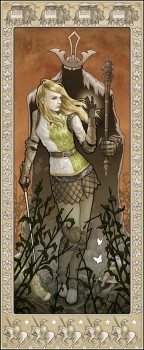
Eowyn… a fantasy lover’s dream… When I first read Tolkien, I fell in love with her, and really what boy wouldn’t? I’m pretty sure I was in love with her even before I read Lord of the Rings, having watched the Rankin and Bass Return of the King where the Pelennor Fields is laid out in all its animated glory.
Pelennor Fields gets me every time, my adoration of Theoden and his fear that he will never be good enough to sit at the table with his ancestors a strong enough subplot to carry the battle into my top five literary moments. Theoden, however, pales in comparison to Eowyn’s battle with the Lich King, and this cements her as a heroine for the ages.
Her conflict and resolution have been the subject of countless artist’s visions, and you’ll not find a Tolkien calendar, omnibus, reference, etc without this scene portrayed in it. Somehow, Eowyn has transcended the pages, surpassed Frodo and the ring, eclipsed Aragorn and the shards of Narsil, and overshadowed Gandalf and the Balrog while talking hold of Tolkien’s world as the image to both render and remember.
I, like all of you, have seen countless renditions of this conflict, but it wasn’t until earlier this year that I had a new take on the subject material capture my imagination. Before I detail this, let me first set the stage.
I’m a pretty big fan of The Art Order, a site run by Wizards of the Coast Creative Director Jon Schindehette. He does some great stuff over there, and I have to say that some of my favorite topics deal with contests, or should I say ‘challenges’.
One of this year’s artistic competitions revolved around Eowyn and the Nazgul, each artist tasked with the following line, ‘There’s nothing complicated about this challenge – review the scene in the book, and create your own interpretation of the scene…’ The requirements didn’t end there, and if you continued to scroll down you discovered what I perceived as the most interesting aspect of the challenge, the judging, which read as follows, ‘As always quality is a major player in the judging as well as fulfilling the art order, but this time you are also going to be judged on the innovation of your interpretation, and the storytelling of the piece.’
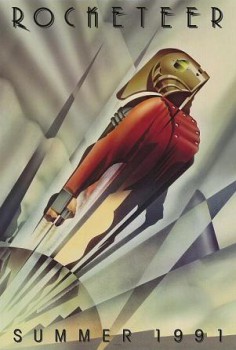 Update: Right as I was posting this review, I received the official news that
Update: Right as I was posting this review, I received the official news that 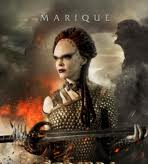 I’m planning a more lengthy post on the role of religion and spirituality in fantasy (expanding on some things I hinted at in my last post, which involved orc samurai), but the last couple weeks have been so crammed with lounging on beaches, jujitsu, and job hunting that I haven’t had the opportunity to give it the work it deserves. So, instead, I present:
I’m planning a more lengthy post on the role of religion and spirituality in fantasy (expanding on some things I hinted at in my last post, which involved orc samurai), but the last couple weeks have been so crammed with lounging on beaches, jujitsu, and job hunting that I haven’t had the opportunity to give it the work it deserves. So, instead, I present: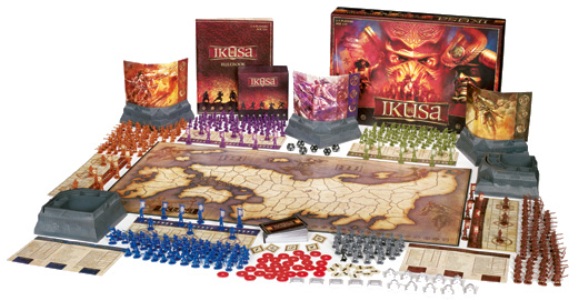
 The new
The new 
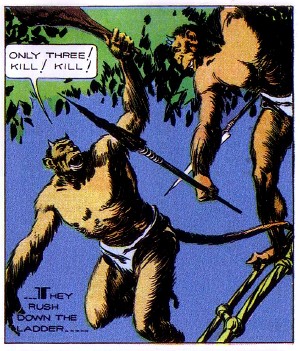
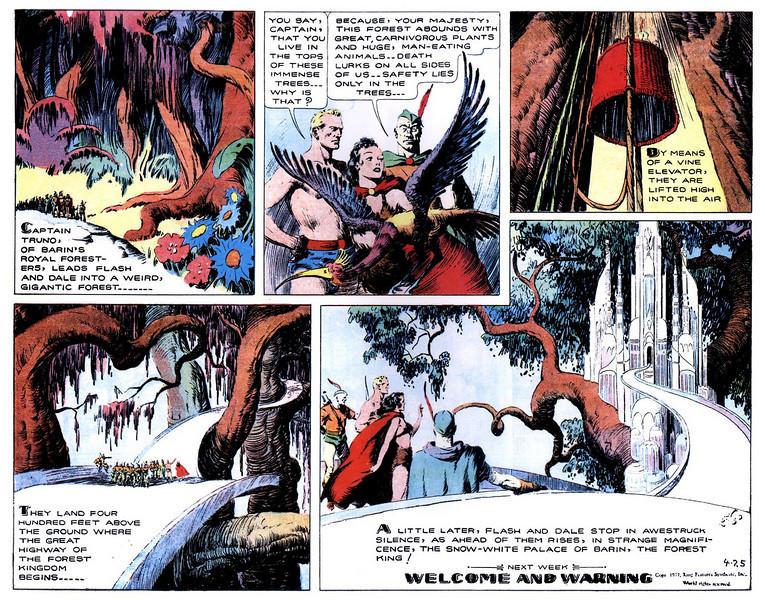
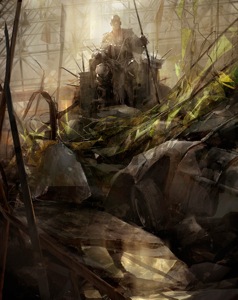 “There was a man, Magnus’s son,
“There was a man, Magnus’s son,
 William Hope Hodgson’s Carnacki outlived his creator with a tenacity that Hodgson, a bantam rooster of a man, would have appreciated. Thomas Carnacki, resident of 472 Cheyne Walk, London, first appeared in a series of five stories (“Gateway of the Monster”, “The House Among the Laurels”, “The Whistling Room”, “The Horse of the Invisible”, and “The Searcher of the End House”) in The Idler Magazine in the January through April, as well as June, issues of 1910. But despite Hodgson’s death in World War I, Carnacki carried on in a further four stories (“The Thing Invisible”, “The Hog”, “The Haunted Jarvee” and “The Find”) retrieved from Hodgson’s papers by his wife.
William Hope Hodgson’s Carnacki outlived his creator with a tenacity that Hodgson, a bantam rooster of a man, would have appreciated. Thomas Carnacki, resident of 472 Cheyne Walk, London, first appeared in a series of five stories (“Gateway of the Monster”, “The House Among the Laurels”, “The Whistling Room”, “The Horse of the Invisible”, and “The Searcher of the End House”) in The Idler Magazine in the January through April, as well as June, issues of 1910. But despite Hodgson’s death in World War I, Carnacki carried on in a further four stories (“The Thing Invisible”, “The Hog”, “The Haunted Jarvee” and “The Find”) retrieved from Hodgson’s papers by his wife.